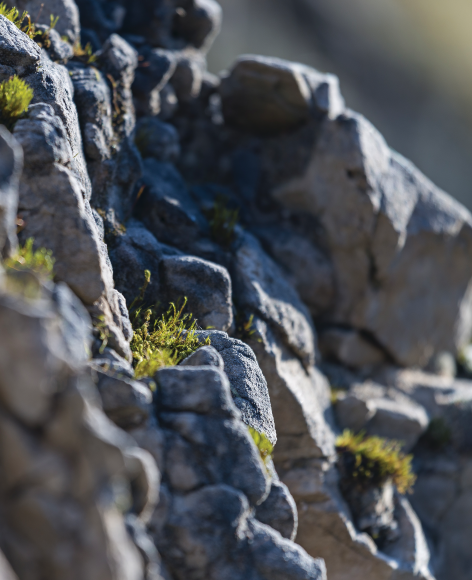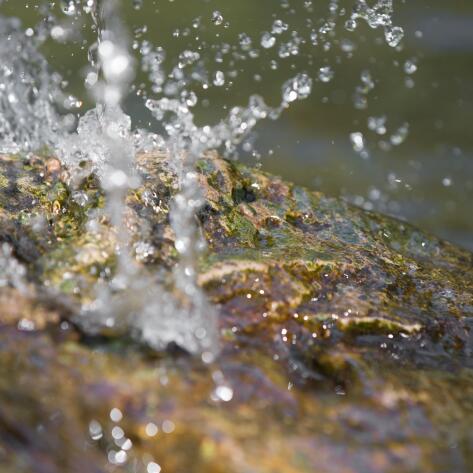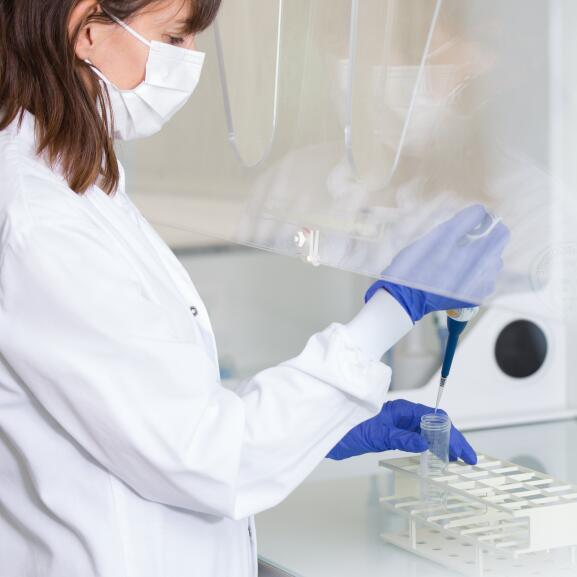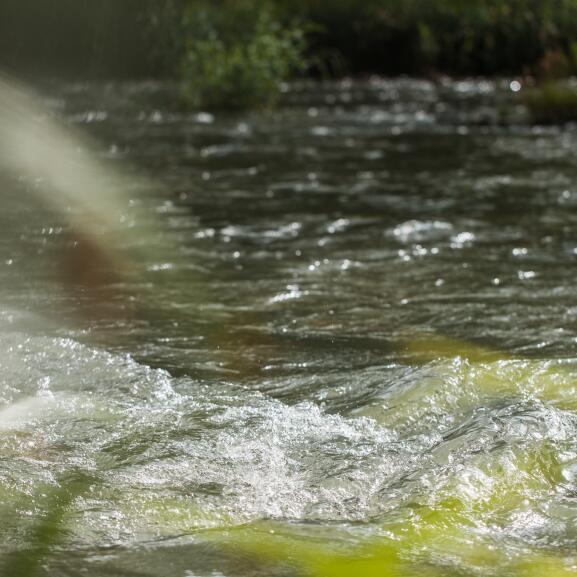The emergence of Avène Thermal Spring Water
After infiltrating the surface of the impluvium, rainwater slowly migrates into the depths of the rocks.
As it circulates through the Dolomites, it is gradually enriched with elements from the rock. It heats up to about 60°C.
At the end of its journey, which takes 50 to 200 years, the Thermal Spring Water rises naturally, cools slightly then emerges at the Sainte-Odile Source, located at Les Bains d'Avène. Today, three drums capture Avène Thermal Spring Water to feed the hydrotherapy centre and production plant.



